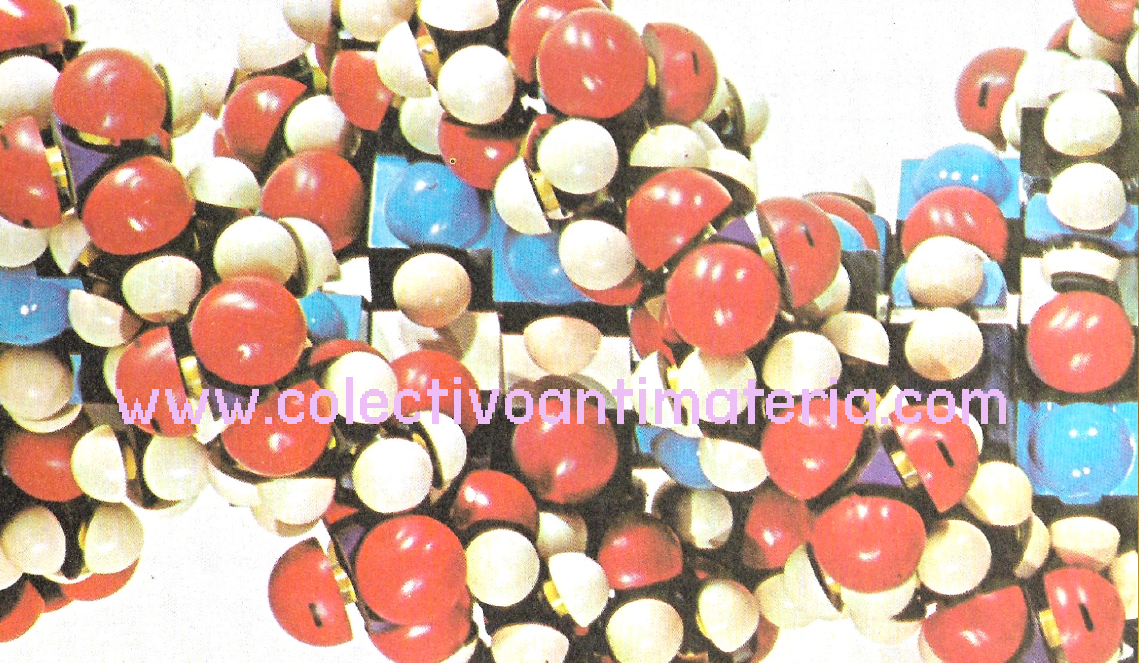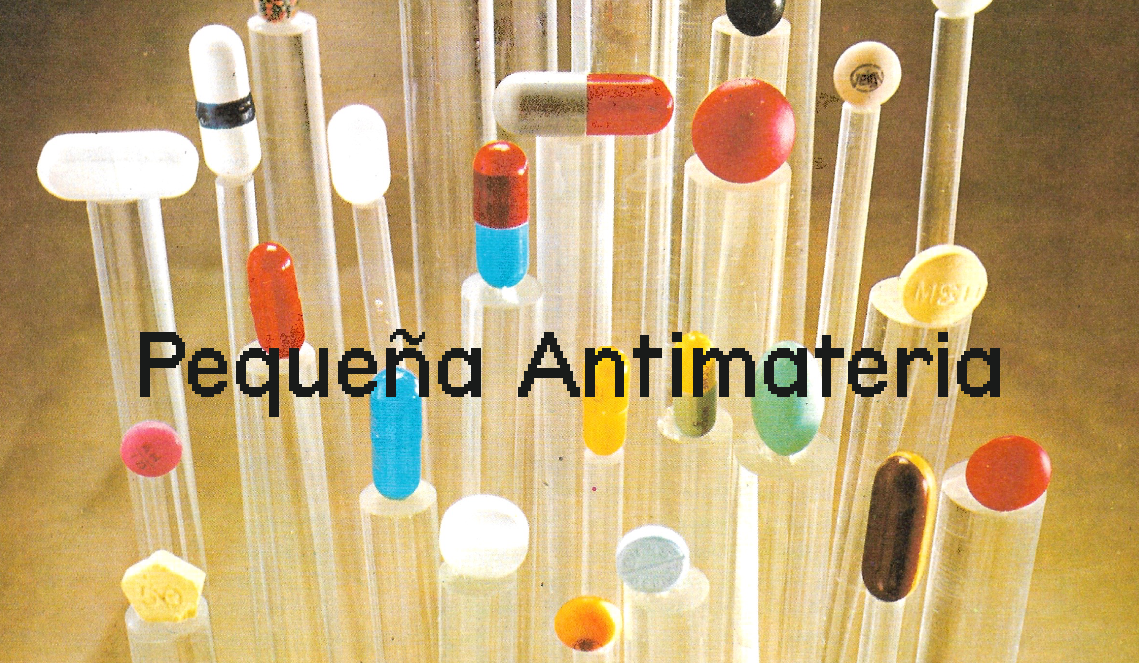
Esta es la Pequeña Antimateria número 13 pero no hay superstición que valga cuando está protagonizada por Javier Vergara: la buena suerte, un gran rayo de sol, un coro gigante.
Javier es uno de los mejores cocineros del mundo y cabeza pensante en la gastronomía de vanguardia. Asimismo es un inquebrantable agitador cultural, organizador de preciosas acciones y festivales multidisciplinares. Continúa leyendo y disfruta sus recomendaciones.
This is Pequeña Antimateria number 13, but there's no superstition when it's starring Javier Vergara: a good luck charm, a big ray of sunshine, a giant chorus. Javier is one of the best chefs in the world and a leading figure in avant-garde gastronomy. He is also a cultural agitator, organizer of beautiful actions and multidisciplinary festivals. Keep reading and enjoy his recommendations.

Soy de Fitero el ultimo pueblo de Navarra pegado a la Rioja. Me saqué el graduado escolar E.G.B copiando y trabajé desde los 13 años en lo que pude: la construcción, Dj, camarero, mecánico de motos y en el campo con mi familia. Un día acabé en un hotel de carretera haciendo ensaladas horribles; a los 17 años salí del pueblo y desde entonces trabajé en muchísimos restaurantes y ciudades, hasta acabar en Mugaritz.
Desde hace 20 años formo parte del equipo de I+D: he hecho cosas increíbles porque he tenido la suerte de estar con personas fantasiosas y soñadoras, colaborando con todas las disciplinas y siempre cerca de mis amigos y mi familia.
También tengo otros proyectos como Dotorea, Barranco, Ama, etc...
Uno de los proyectos más importante ahora es vivir en el campo junto a Isabel.
I am from Fitero, the last town in Navarra, right next to La Rioja. I obtained my E.G.B school certificate by cheating, and I worked from the age of 13 in whatever I could: construction, DJ, waiter, motorcycle mechanic, and in the field with my family. One day, I ended up in a roadside hotel making horrible salads. At the age of 17, I left the town, and since then, I have worked in many restaurants and cities, eventually ending up at Mugaritz.
For the past 20 years, I have been part of the R&D team, doing incredible things because I have been fortunate to be with imaginative and visionary people, collaborating with all disciplines and always being close to my friends and family.
I also have other projects like Dotorea, Barranco, Ama, etc.
Now, my most important projects is living in the countryside with Isabel.

Item #1 Idoki
Voy al mercado de San Juan de Luz, los martes y viernes que son los mejores días. Bien pronto, a las 7 de la mañana, ya tienes algunas pequeñas colas. Mientras se montan los puestos del exterior del mercado central, ves los precios marcados en el puesto y puedes apreciar un cambio generacional de productores muy envidiable. Restaurantes comprando para hacer su menú como Arotzenia, te confirma que es la peli de tu vida mientras le das un zampa zampa a tu bollito.
Idoki es un puesto que está en el interior del mercado. Es una asociación o colectivo de agricultura sostenible, campesina, sincera, respetuosa y sin intermediarios. Sus productos son increíbles pero hay un par de cosas que me flipan y me hipnotizan; cosas sencillas y exóticas en estos tiempos que corren.
La primera es que se van turnando en el puesto, dependiendo de sus tareas en el campo, los animales y la familia. La segunda es que dividen el precio de alquiler del puesto entre los 20 productores y productoras, esto hace que el puesto desprenda una energía mágica como la del mar o la montaña.
Esto sonará a chino a los responsables de los mercados de La Bretxa y San Martín en Donosti, con sus elevados precios de alquiler y desastres arquitectónicos para dar mas visibilidad a las grandes empresas. Normal, nunca plantaron una lechuga ni criaron un cordero, ni estuvieron atendiendo de cara al publico, ni fueron autónomos.
I go to the market in San Juan de Luz, on Tuesdays and Fridays, which are the best days. Quite early, at 7 in the morning, you already have some small lines. While the stalls are being set up outside the central market, you see the prices marked at the stand and you appreciate an enviable new generation of producers. Restaurants buying to create their menu like Arotzenia confirm that it's the movie of your life while you gobble down your bollito.
Idoki is a stand inside the market. It is an association or collective of sustainable, peasant, sincere, respectful agriculture that works without intermediaries. Their products are incredible, but there are a couple of things that amaze and hypnotize me, simple and exotic things in these times.
The first is that they take turns at the stand, depending on their tasks in the field, with animals, and family. The second is that they divide the rental price of the stand among the 20 producers, creating a magical energy like the seas and the mountains.
This may be double Dutch to the responsible parties at the La Bretxa and San Martín markets in Donostia, with their high rental prices and architectural disasters that give more visibility to large companies. Understandable, they never planted lettuce or raised a lamb, never attended to the public face to face, and were never self-employed.
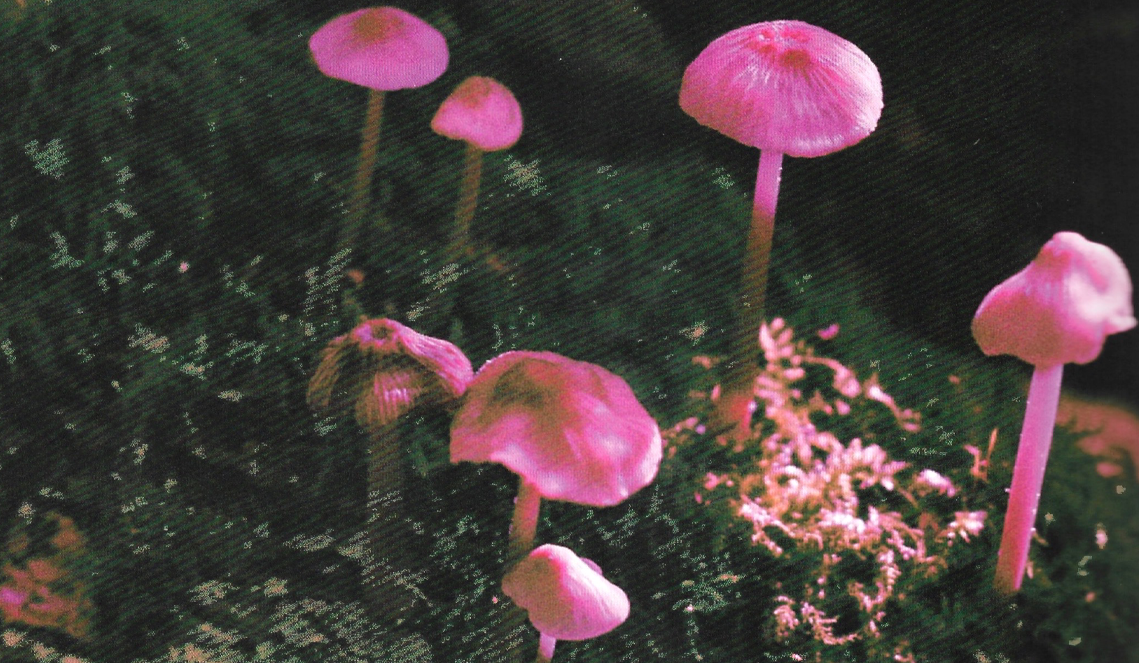
Item #2 Alejandro López Allente DBDB
Tengo un amigo llamado Jordi Nofre, encargado principalmente del estudio de la geografía urbana e interacción del ocio nocturno y sus transformaciones en ciudades europeas. Les da caña a los políticos que reniegan de una ciudad nocturna, que no se preocupan por las creaciones en comunidad y afectivos emocionales de ocio. Éstos son elementos fundamentales para la vida social y cultural; como lo son las noches inclusivas, sostenibles y las prácticas sociales y de creación. En definitiva: las instituciones no reconocen mas allá de la cultura oficial nocturna mas clasista o fácil.
Hay ciudades que se preocupan y otras no: Donosti no es la ciudad mas abierta y que cultive el ocio nocturno.
Yo no conocería a las amigas y amigos que tengo si no fuera por el Dabadaba, un espacio que me acogió y que me sigue alimentando en un entorno ahuroso y mágico: la salvación de todos vosotros, os lo aseguro. A punto de cumplir una década siguen siendo los más latentes y los que mejor tocan la industria artística en Donosti y también en Europa. Cualquier documental que saquen sobre esta mole mágica siempre se quedará corto. Es una empresa privada que siempre se lo jugó todo.
Todas mis bendiciones a Teresa y Ricardo, su familia y al mejor equipo Iñaki L., Jonan, Otalora, Gabi, Lehior, Sebas, los gemelos, Julia…
Alex, Amigo, transparente, generalista, especialista, el tercer cerdito, cariñoso, generoso, divertido, el wafie, misterioso, el geme, disfrutón, el mesías que todo el mundo quisiera tener en su equipo. La persona más Tochísima de la noche, de la creación y de la amistad.
Gracias.
I have a friend named Jordi Nofre who studies urban geography and the interaction of nightlife and its transformations in European cities. He challenges politicians who disown a nocturnal city, those who don't care about the communal and emotional affective creations of leisure. These are fundamental elements for social and cultural life, such as inclusive, sustainable nights and social and creative practices. In essence, institutions don't recognize beyond the most classist or easy official nocturnal culture.
Some cities care, and others don't: Donostia is not the most open city that cultivates nightlife.
I wouldn't know my friends if it weren't for Dabadaba, a space that welcomed me and continues to nourish me in a vibrant and magical environment: your salvation, I assure you. About to celebrate a decade, they remain the most vibrant and they are the ones who better understand the artistic industry in Donostia and also in Europe. Any documentary they would make about this magical giant will always fall short. It's a private company that battle it out.
All my blessings to Teresa and Ricardo and their family. Grattitude to the best team - Iñaki L., Jonan, Otalora, Gabi, Lehior, Sebas, the twins, Julia...
Alex, my friend, transparent, generalist, specialist, the third pig, affectionate, generous, fun, the wafie, mysterious, the twin, enjoyer, the messiah everyone would like to have on their team. The biggest person of the night, in creation, and in the friendship.
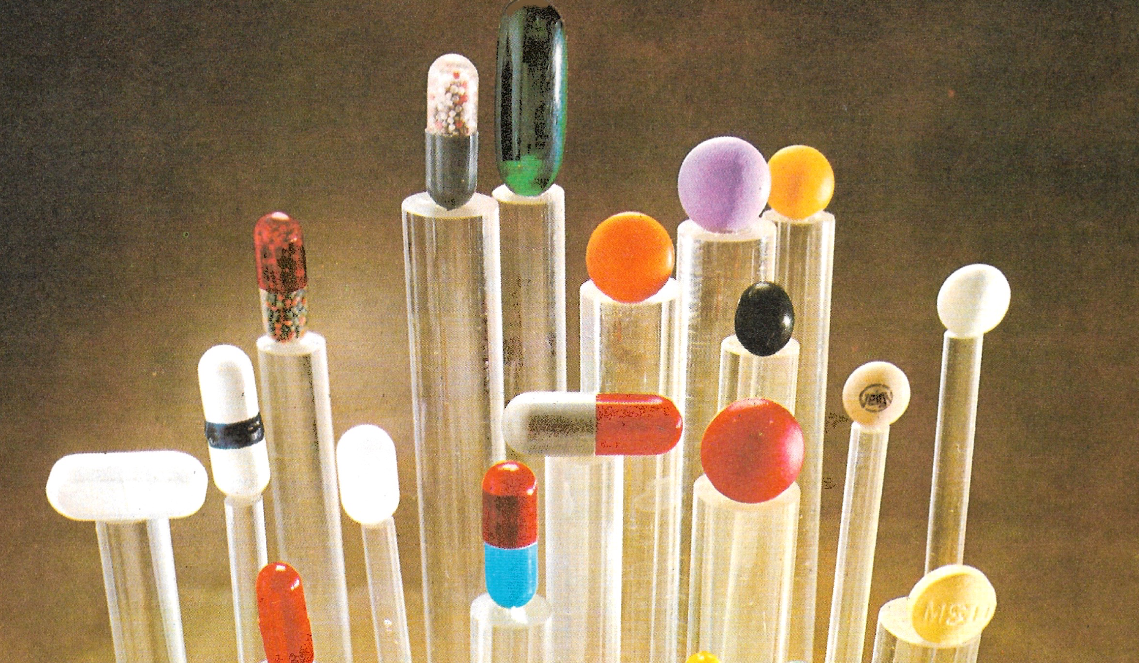
Item #3 La ruta del silencio en Valdegutur
Valdegutur es el pueblo de mi abuela Amparo, donde la carretera acaba. Apenas tiene unas calles y la plaza tienes que imaginártela. Allí mismo comíamos la Caldereta de ranas, caracoles, lagartos, cangrejos y mucha patata para a quien no le guste chupar; también cabrito asado y ensalada verde, “que no es un primero ni segundo, es ensalada” (frase de la abuela antes de empezar comer).
Siesta para algunas, cartas para otros, las primas y los primos a por cangrejos para la cena y el ultimo baño del día en el pantano de Añamaza. Desde allí siempre se veía al tío Teodoro con sus ovejas acabando la jornada, subido a su burro antes de anochecer desde el camino “del Cajo”.
Ahora se llama La Ruta del Silencio que empieza en el mismo pueblo: puedes recolectar Té de Roca de camino, bordear el pantano por la parte izquierda, en el primer repecho verás enseguida los dominios de los almendros y unos cortados rocosos, te encontrarás con el camino que es circular y nada silencioso.
En realidad este camino es el más cantarín: ruiseñores, pito real, roqueros, mirlos, pica pinos, cernícalos, águilas reales, verderones y búhos que como siempre, no los verás.
Valdegutur is my grandmother Amparo's village, where the road ends. It barely has a few streets, and you have to imagine the square. Right there, we used to eat the Caldereta of frogs, snails, lizards, crayfish, and lots of potatoes for those who don't like getting messy. There was also roast rennet and green salad, 'which is neither a first nor a second dish, it's a salad' (grandma's phrase before starting to eat).
A siesta for some, card games for others. The cousins going for crayfish for dinner, and the last swim of the day in the Añamaza reservoir. From there, you could always see Uncle Teodoro with his sheep finishing the day, riding his donkey before dark on the 'Cajo' road.
Now it's called The Route of Silence, starting right in the village: you can collect Rock Tea along the way, skirt the reservoir on the left side, and on the first slope, you'll soon see the almond trees' domains and some rocky cliffs. You'll come across the circular and not-so-silent path.
In reality, this path is the most melodious: nightingales, woodpeckers, rock thrushes, blackbirds, woodpeckers, kestrels, golden eagles, greenfinches, and owls that you won't see.
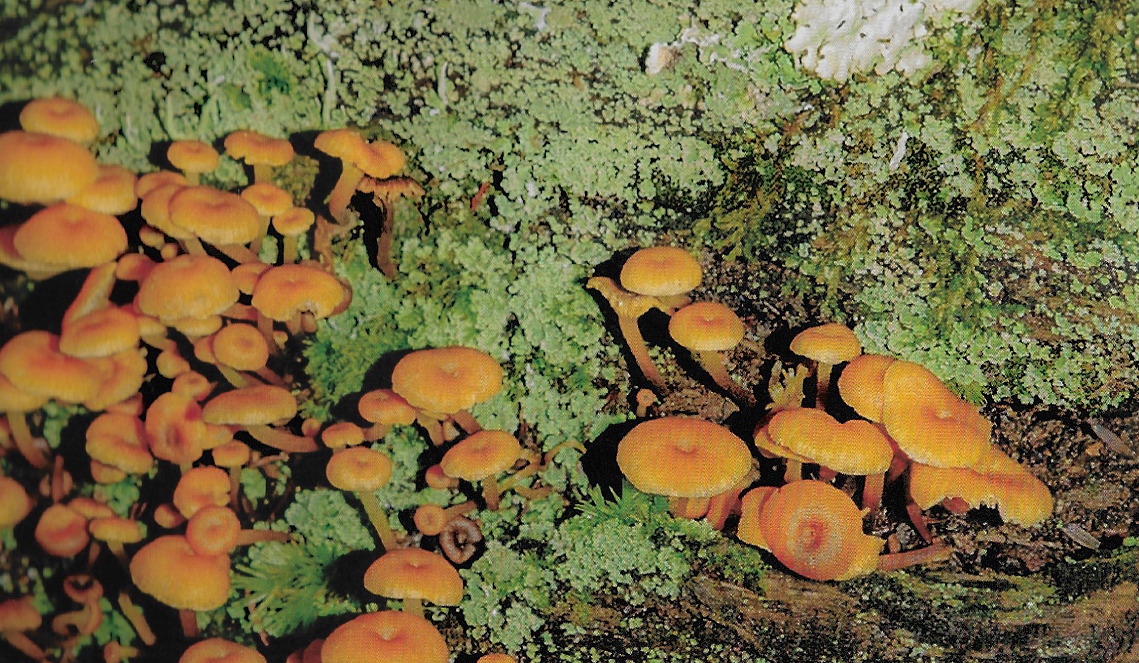
ITEM #4 Cardo Rojo
El Cardo Rojo es familia de la Cynara cardunculus que se siembra en la cuenca del Ebro para San Juanes, en junio.
En mi pueblo, Fitero, tenemos la tradición de generar el muro de tierra: los “tormones” se generan a través de golpes secos de azada hasta sacar un cubo, hasta cubrirlo en su totalidad. Así se “blanqueará” el cardo y lo preservara de las primeras heladas de diciembre hasta febrero. Ademas no desarrollará clorofila para que sea mas dulce y jugoso.
Extraer el cardo del muro requiere el doble de tiempo, ya que con las heladas la tierra se vuelve muy compacta.
La semilla se recoge siempre de un cardo del año anterior que se deja crecer para que acabe su ciclo, extraer las semillas y guardarlas, ya sabéis.
La receta sería: deshilacharlo, cortarlo en trozos, marcar en vertical varias veces a favor de la veta para que se rice un poco, refrescarlo con agua fría, colar y aliñarlo con mucho aceite, ajo y vinagre: Ensalada de Cardo Rojo.
Todo esto que parece sencillo, en realidad no lo es: los detalles en cada paso se transmitieron de generación en generación. Todo un ritual cultural, que para comerlo deberías de arrodillarte.
“Papa si vivieras en Dinamarca te darían subvenciones, saldrías en la revista culta… ”
Se ríe y no entiende mi comentario.
Red Thistle is a member of the Cynara cardunculus family, and it is planted in the Ebro Basin for San Juanes in June. In my town, Fitero, we have the tradition of creating the earth wall: 'tormones' are formed through sharp hoe blows until a cube is extracted, covering it completely. This 'whitens' the thistle and preserves it from the early frosts from December to February. Also, it won't develop chlorophyll so it will be sweeter and juicier.
Extracting the thistle from the wall takes double the time since the frost makes the soil very compact. The seed is always collected from a thistle from the previous year that is allowed to grow to complete its cycle, extract the seeds, and save them, you know.
The recipe would be: shred it, cut it into pieces, vertically score it several times along the vein to make it curl a bit, refresh it with cold water, strain, and dress it with lots of oil, garlic, and vinegar: Red Thistle Salad. All this that seems simple, in reality, is not: the details at each step have been passed down from generation to generation. A cultural ritual that, to eat it, you should kneel.
'Dad, if you lived in Denmark, they would give you grants, you would be in a cultured magazine...' He laughs and doesn't understand my comment.
